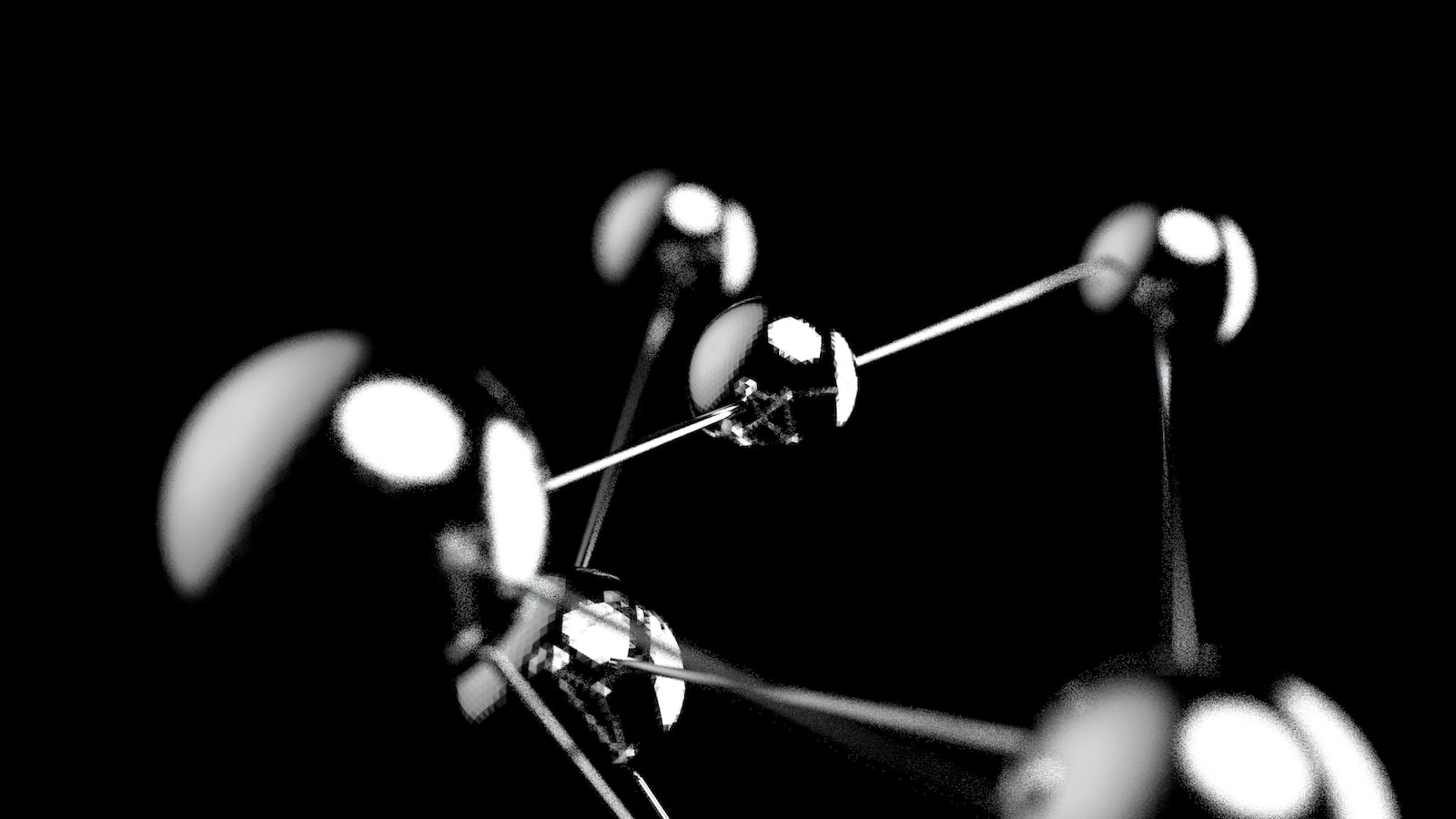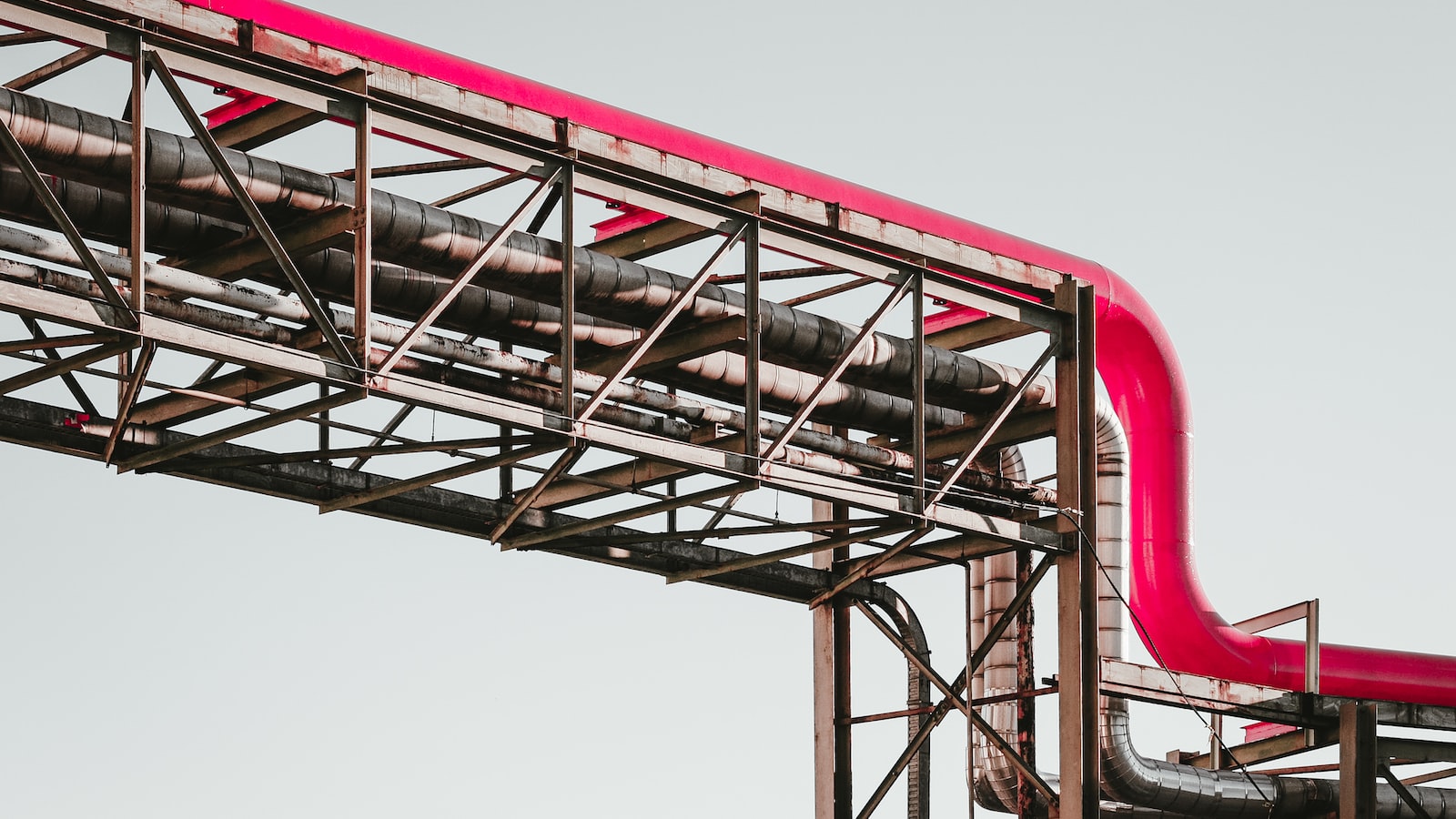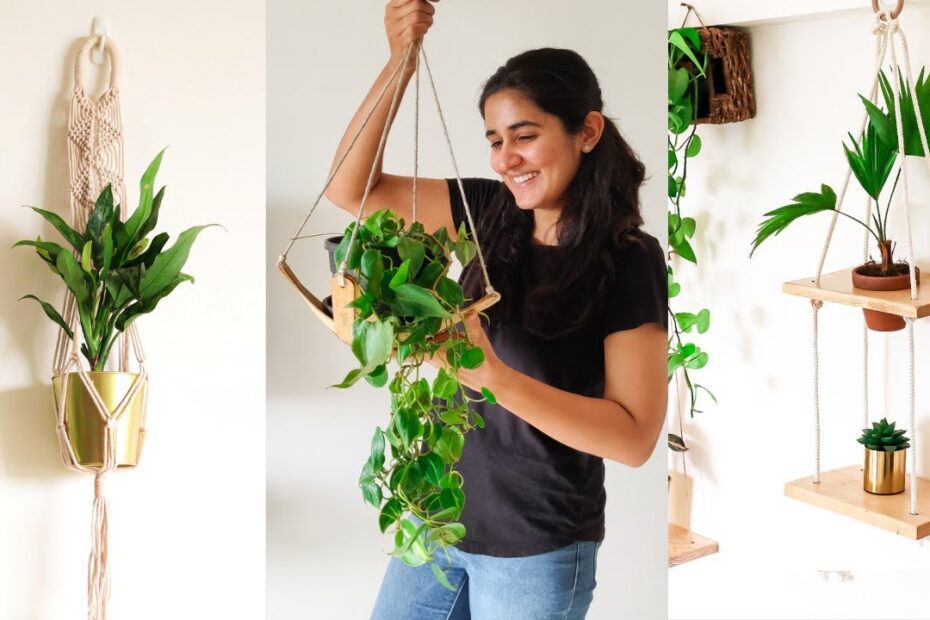Floating gracefully in mid-air, indoor hanging plants bring a touch of nature’s elegance to our homes. Their vibrant leaves and cascading foliage create a visual symphony that rejuvenates any space. However, these aerial beauties pose a challenge: watering without causing a deluge below. As we embark on the mission to tame the trickling nature of watering indoor hanging plants, we unveil a secret trove of innovative techniques that keep our plants nourished, our floors spotless, and our hearts brimming with verdant delight. Prepare to embark on a journey where the sound of dripping water becomes a thing of the past, as we uncover the art of watering these suspended marvels with grace and finesse.
Choosing the Right Container and Soil Mix for Drip-free Watering
When it comes to keeping your indoor hanging plants hydrated without the nuisance of dripping, choosing the right container and soil mix is key. By carefully considering these factors, you can create a drip-free watering system that not only keeps your plants happy but also maintains the cleanliness of your living space.
Container Selection: Opt for plant containers with built-in drip trays to catch excess water and prevent it from spilling onto your floors. Hanging baskets with removable trays are particularly convenient as they allow for easy drainage and plant maintenance. Additionally, consider using containers made of porous materials to enhance water circulation and prevent waterlogging. Materials like terracotta and ceramic not only add a touch of elegance to your indoor garden but also aid in maintaining a balanced moisture level.
Soil Mix: Choosing the right soil mix is essential in preventing water from dripping. Consider using a well-draining potting mix that contains ingredients like perlite or vermiculite. These materials help retain sufficient moisture for your plants while allowing excess water to efficiently drain away. Another option is to incorporate coconut coir into the soil mix as it not only promotes proper drainage but also aids in retaining moisture. Avoid dense soil mixes that tend to hold excess water, as they can lead to unwanted dripping and potential water damage.
| Features/Tips | Description |
|---|---|
| Use a watering can with a narrow spout | This will allow you to directly water the root zone of the plant without splashing water outside the container. |
| Check soil moisture regularly | By monitoring the moisture levels, you can adjust your watering frequency accordingly, preventing overwatering and drips. |
| Elevate your hanging plants | By hanging your plants higher, you reduce the risk of water dripping onto furniture or other surfaces. |

Optimizing Watering Techniques to Prevent Drips and Leaks
One of the most challenging aspects of caring for indoor hanging plants is ensuring that you water them without causing any drips or leaks. Nobody wants to deal with a mess or potentially damage their beautiful decor. Luckily, there are several techniques you can try to optimize your watering routine and keep those plants happy and healthy.
Firstly, consider investing in a watering can with a long and narrow spout. This will allow you to direct the water precisely where it’s needed, reducing the risk of any excess water spilling out. Additionally, try using a watering wand attachment for your hose or a spray bottle with a fine mist setting. These tools provide a gentle and controlled flow of water, preventing any splashes or spills.
Another useful tip is to line the bottom of your hanging plant pots with a layer of absorbent material, such as pebbles or a sponge. This helps to soak up any excess water and prevents it from dripping onto your floors or furniture. Additionally, be mindful of the amount of water you’re giving your plants. Overwatering can lead to soggy soil and eventually cause leaks, so always make sure to check the moisture level before watering.
Table:
| Tips | Features |
|---|---|
| Use a long and narrow spout watering can | – Precise water distribution |
| Try a watering wand or spray bottle | – Controlled and gentle water flow |
| Line the pots with absorbent material | – Soak up excess water |
With these simple techniques and tools, you can say goodbye to pesky drips and leaks when watering your indoor hanging plants. Remember to prioritize the well-being of your plants and maintain a balance in their watering routine. Happy watering!
Innovative Solutions: Self-watering Systems for Indoor Hanging Plants
Hanging plants are a beautiful addition to any indoor space, but dealing with the mess and hassle of watering them can be a real challenge. Traditional watering methods often result in dripping water and damaged floors or furniture. Thankfully, innovative self-watering systems provide a hassle-free solution to keep your indoor hanging plants hydrated without the mess.
One amazing feature of these self-watering systems is their ability to regulate the amount of water needed by the plants. Equipped with sensors, these systems detect the moisture levels in the soil and automatically deliver water only when necessary. This not only ensures that your plants stay healthy and hydrated, but it also prevents overwatering, which can be detrimental to their growth.
Additionally, these self-watering systems are designed to minimize dripping and water runoff. With built-in reservoirs and specialized watering mechanisms, they provide a controlled way for the plants to soak up the water they need, without any excess moisture leaking out. This means you can say goodbye to water stains on your floors or furniture, and enjoy your indoor hanging plants without the worry of damage or mess.
With these innovative self-watering systems, caring for your indoor hanging plants has never been easier. Say goodbye to the constant hassle of watering and the fear of dripping water, and say hello to beautiful, lush plants in your home. Experience the convenience and elegance of these self-watering systems and let your hanging plants thrive with minimal effort.
Maintaining a Healthy Environment: Tips for Drip-free Watering Practices
When it comes to watering indoor hanging plants, the last thing you want is a messy drip-filled ordeal. Not only can it ruin your decor, but it can also lead to water damage and promote the growth of mold or mildew. Luckily, there are some ingenious ways you can water your beloved greenery without a drop in sight. Here are some handy tips that will keep your plants hydrated and your floors dry:
| Features | Tips |
|---|---|
| Self-watering hanging pots | Invest in self-watering pots that have built-in reservoirs to keep your plants hydrated while preventing any excess water from dripping out. |
| Use a watering can with a long spout | Opt for a watering can with a long, narrow spout that allows you to precisely target the soil without splashing water everywhere. |
| Water-absorbent mats or saucers | Place water-absorbent mats or saucers beneath your hanging plants to catch any excess water and prevent it from seeping onto your floors or furniture. |
Another practical trick to avoid drips is to water your hanging plants in the sink or bathtub where any excess water can easily drain away. Additionally, take note of the watering needs of each plant, as overwatering is a common cause of dripping. Always ensure the soil has dried out before watering again. Remember, prevention is key: by using these drip-free watering practices, you’ll not only maintain a clean and beautiful indoor environment but also ensure the health and longevity of your cherished hanging plants.
Frequently Asked Questions
Q: How can I keep my indoor hanging plants hydrated without dripping all over my floor?
A:
Q: Are there any smart solutions to water my hanging plants without making a mess?
A:
Q: Can you suggest any innovative ways to water indoor hanging plants without any drips or spills?
A: As our journey to enhance our green sanctuary comes to an end, we hope that these ingenious tips have transported you to a world of harmonious indoor gardening. Bid adieu to those pesky water stains and bid welcome to a hassle-free watering experience. With the dexterity of a seasoned gardener and the grace of a trapeze artist, you can now nourish your hanging botanical beauties without a single drip in sight.
Embrace the art of precision as you delicately navigate around your ethereal hanging marvels, saturating their roots with the exact amount of hydration they crave. No more anxiously watching as droplets plunge downwards, their unwelcome presence staining not only your ceilings but also your tranquility. Instead, bask in the ethereal appeal of your lush greens, perfectly suspended in a dance of elegance and moisture.
Savor the satisfaction that comes with mastering this aerial ballet of watering; savor the serenity it brings to both your plant babies and your cherished living space. And remember, dear green enthusiast, always stay nimble and observant, adapting your techniques to suit the finicky nature of each hanging foliage treasure in your care.
Let this newfound wisdom be your guide as you navigate the delicate balance between nurturing and drenching, between admiring and watering. May your indoor oasis thrive, for it is an extension of your soul, a sanctuary crafted with love and dedication, and an homage to nature’s wondrous creations.
As we part ways, armed with this knowledge to defy gravity’s pull, may your hanging plants flourish, their cascading foliage painting exquisite portraits in the air. Farewell, fellow plant guardian. May your journey be filled with beauty, grace, and flourishing indoor hanging plants without a single drip in sight.
- When to Put Weed and Feed on Lawn in Michigan - October 16, 2023
- When to Fertilize Potatoes Plants - October 16, 2023
- Can You Plant Clover in the Spring - October 16, 2023
Contents

